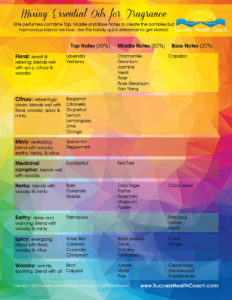

- Marie Sternquist
- Success Bookstore
- Rejuvenate! Health Programs
- Rejuvenate! Health Programs
- First Session Always FREE
- Why Hire a Coach?
- Client Revisit Form
- Rejuveo Cleanse
- Rejuveo Cleanse
- Rejuveo Stage 1 Daily Report
- The Rejuveo Challenge
- Rejuveo 21-day Survey
- The Health Series
- The Health Series
- Nourishment Knowledge Base
- Healthy Recipes
- Products & Services
- The Success Series
- The Success Series
- FREE “Trap Door” Business Analysis
- DIY Non-Toxic Living
- DIY Non-Toxic Living
- Non-Toxic Skin & Body
- Natural Home First Aid Kit
- Non-toxic Cleaning and Green Home
-
0
- Shopping Cart
-

